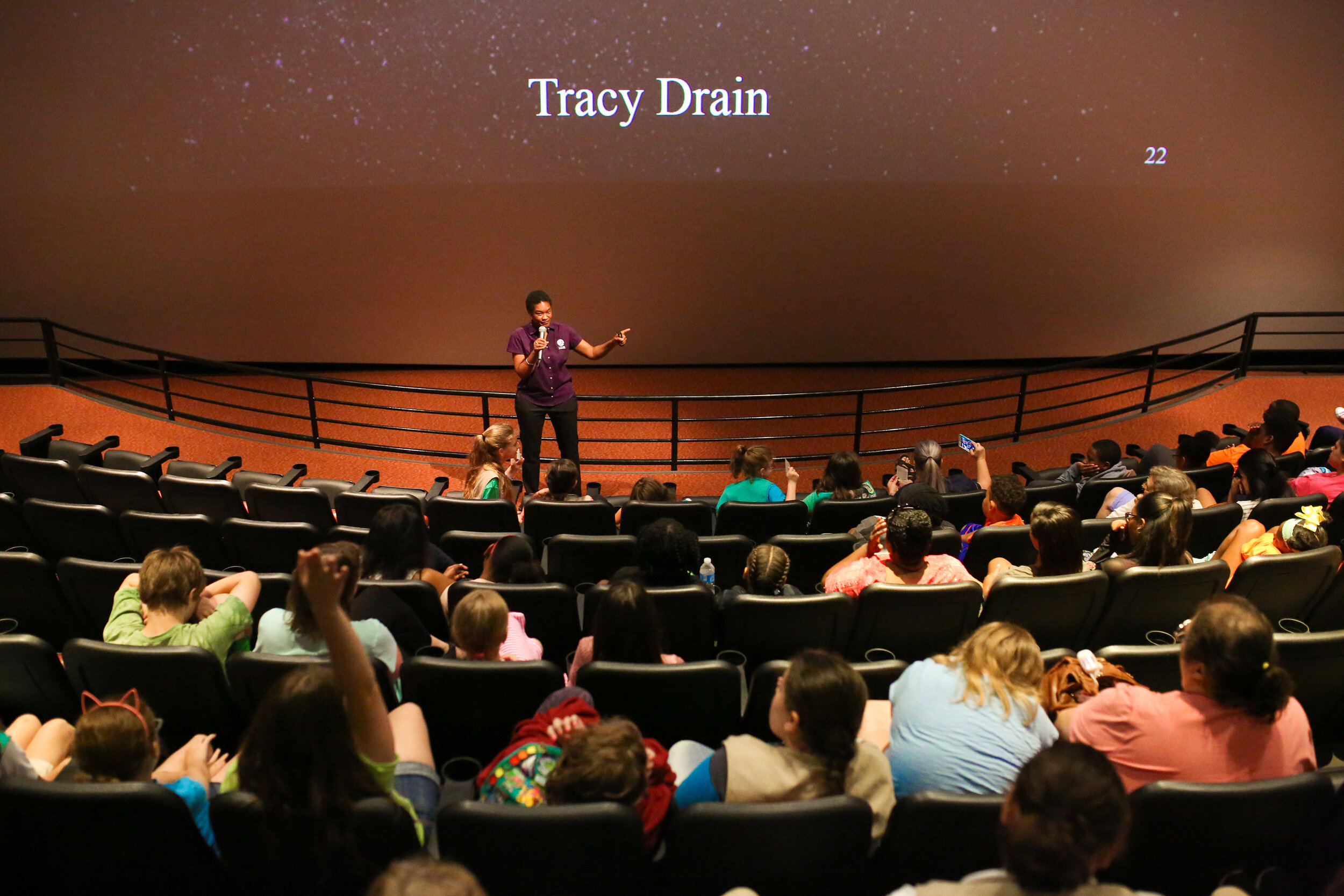KTW STEM SPOTLIGHT: NASA LEAD ENGINEER TRACY DRAIN
As demonstrations protesting police violence toward people of color and the murders of Breonna Taylor and George Floyd have continued to capture the attention of the nation, other racial inequities have been exposed in necessary and immediate ways. And at the same time that Kentucky is changing the narrative when it comes to peaceful protesting, the Commonwealth has also provided a platform to uplift marginalized voices across all communities.
Specifically, Kentucky is working to level the playing field through a balancing of educational opportunities for students of all backgrounds, particularly in the sciences. According to a recent Pew Research Center study, only 5% of employed engineers in the U.S. are African American and additionally, only 14% of those engineers are women.
One Kentuckian, who has devoted her life to science after being inspired as a student, has highlighted the importance of a supportive and challenging primary, secondary and post-secondary education experience. Now a Lead Flight System Engineer for the Europa Clipper Mission at NASA, Tracy Drain has fearlessly maintained the significance of scientific progress by breaking down barriers.
Illustration by August Northcut
Cultivating an Intellectual Curiosity
Tracy Drain was born and raised in Louisville, Kentucky. As a child, her mother, her teachers, and those around her encouraged her to “pay attention to the world around [her].” This attention to both natural phenomena and technological marvels would ultimately pave the way for Drain to pursue excellence in the sciences.
In an interview she gave with NASA, she remembers her first time developing an interest in space and space exploration, marveling at how scientists were able to understand how the solar system took shape. She remembered “it was formed from a giant cloud of gas and dust spewed out by supernovas and it all came together under gravity and made the sun and all the planets -- I thought it was bananas that scientists could figure all that out based on what they can see today.”
Drain answers questions at the KTW Student Program at the Kentucky Science Center
This prevailing interest would help her stay focused as she progressed as a student. After graduating from Waggener High School in 1993, Drain would move into the BS in Mechanical Engineering program at the University of Kentucky. During her time at UK, she interned at the NASA Langley Research Center in Virginia.
From the Bluegrass to the Red Planet
After graduating with her master’s in mechanical engineering from the Georgia Institute of Technology in 2000, she was immediately hired by the NASA Jet Propulsion Laboratory to join the team working on the Mars Reconnaissance Orbiter (MRO). The MRO, according to the Jet Propulsion Lab at Cal Tech, “has studied the Red Planet's atmosphere and terrain from orbit since 2006 and also serves as a key data relay station for other Mars missions, including the Mars Exploration Rover Opportunity.”
Courtesy of NASA
The findings of this particular mission have given scientists a better understanding of both the recurring weather patterns of the Red Planet and even its geological history. The MRO is still orbiting Mars and returning valuable data, and to this day it serves as a communications relay for the rovers currently exploring Mars. After the orbiter’s successful launch in 2005, Drain was promoted to lead systems engineer.
New Horizons
Drain joined the Kepler project in 2007 as the Missions Readiness Lead, hunting for Earth-like planets, staying until the satellite’s launch in 2009. After, she joined the Juno orbiter mission, which began studying the gravity and magnetic fields of Jupiter when it successfully reached the planet in 2016. Additionally, the project has successfully been able to monitor abnormal and extreme weather events.
She has been with NASA for over 17 years now and is currently the Technical Group Supervisor for the Flight Systems Engineering group and working on the Psyche mission, studying the largest known metal asteroid in our solar system with a projected launch set for 2022.
As she’s soared in the world of astrophysics and aeronautical engineering, she has remained unwavering in her commitment to uplifting the next generation of scientists through academic discovery. Today, in addition to her continued work as a leading Flight Systems Engineer, Tracy Drain has dedicated a significant portion of her energy to helping children and students develop a stronger scientific literacy.
When Drain joined us for an event in 2017, it was unlike anything we’d ever done. Instead of a seated, on-stage-style conversation, we hosted a social at Copper & Kings Distillery featuring art curated by our illustrator, August Northcut, local food, beverage and live music features and of course, Drain sharing her amazing story and mingling with our audience. As much fun as we had that night, the real star of our experience with Tracy was the student program.
We have a unique student program at each of our speaker series events thanks to our sponsors at Lifetime Wealth Strategies, but this one was extra special. It was appropriately held at the Kentucky Science Center and allowed students to engage with Drain directly, ask her questions and complete a few interactive activities.
Find out more about our ever-expanding student program today.






